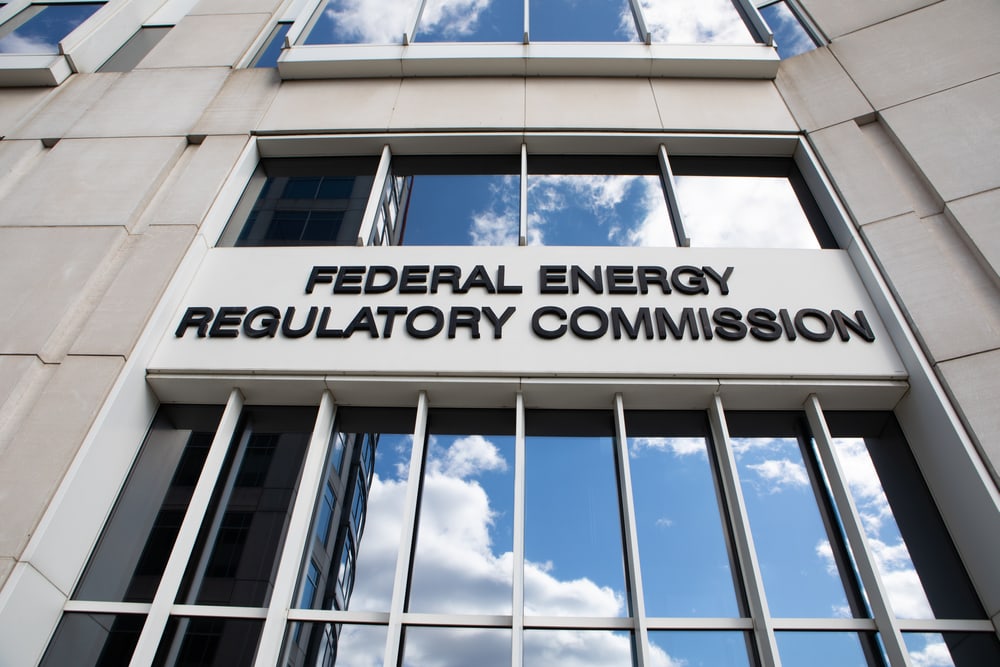Ride-hail wage rule, surcharge undermine congestion pricing
Lawmakers in Albany are close to embracing congestion pricing as a means to fix Manhattan’s hellish traffic and raise revenue. But complicating the effort is a new rule aimed at increasing driver wages.
New York City’s Taxi and Limousine Commission recently restructured the way rideshare drivers are paid. While ostensibly a minimum-wage issue, the rule’s design has created mixed results for driver wages and has unpredictable effects on traffic.
Last year the City Council approved a measure directing the Taxi and Limousine Commission to create a pricing formula that guarantees rideshare drivers at least $17.22 per hour. The TLC designed a complex rubric to implement it, effective Feb. 1. The rule is based on the “utilization rate” of ridesharing services, which is the amount of time drivers have customers in their cars. In other words, companies with more shared trips and fewer “deadhead trips” without riders are allowed to pay drivers less.
The wage rule unfortunately has produced mixed results. Some rideshare companies have noted a reduction in demand as the cost of trips has risen for certain rides, thus lowering driver wages in many cases instead of raising them. And while at first blush the rule may seem unlikely to affect congestion, it could ultimately redistribute rideshare vehicles as pressure mounts to discourage certain types of trips that affect wages.
In addition to the wage rule, the state also began assessing congestion fees on rideshare rides below 96th Street. The $2.75 surcharge further inflates the cost of using these services, reducing demand and drivers’ income, which works against the goal of raising their wages. The fee is especially incongruous given that traditional cab riders only pay $2.50 per trip and non-commercial drivers pay nothing.
Because of the uncertain effects of these city rules, Albany needs to be extra careful about any congestion pricing law whose burden would fall on rideshare companies. Not only would it risk pushing them out of the market, but it could fail to reduce congestion.ADVERTISING
Congestion pricing only works if it applies to almost everyone. Any pricing proposal that relies on the fraction of Manhattan’s traffic provided by rideshare companies rather than taxis, personal vehicles, local deliveries and through-running trucks would be incomplete. Otherwise, drivers discouraged by the fee get replaced by free riders, and promised relief from congestion never materializes.
Just ask a Londoner. London’s carve-out for traditional taxis meant congestion benefits from the charge have been limited, with congestion slowly creeping back toward pre-fee levels. The promise of the end of gridlock in the old city simply meant a change in who uses the road, with free riders displacing the newly charged.
Of course, the temptation to offer free rides is normal, with examples going back to the nation’s first tolled roadways. New York’s politicians of today are having discussions similar to the ones their forefathers had in Albany during the early 1800s when they exempted churchgoers, blacksmiths and eventually everyone living within a mile of a tollgate from paying tolls.
These are the latest in a long line of attempts to tackle social problems by exempting people from paying for transportation services they use. But even if Albany politicians could be tempted to hand out exemptions, they are still better positioned to address congestion than the TLC, which by its nature only has the authority to impose fees on vehicles it regulates, such as Ubers and taxis.
Ultimately, by pursuing a wage rule for drivers and a surcharge to address congestion, the TLC and Albany accomplished neither goal effectively. Broad-based congestion fees that apply to all travelers regardless of trip purpose could actually fix Manhattan’s traffic problems. Rather than pursuing complicated minimum wage rules, city regulators should defer to state lawmakers, who in turn should implement comprehensive and fair congestion pricing.






